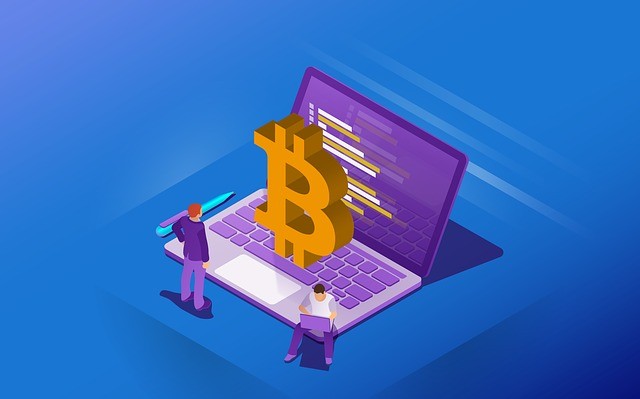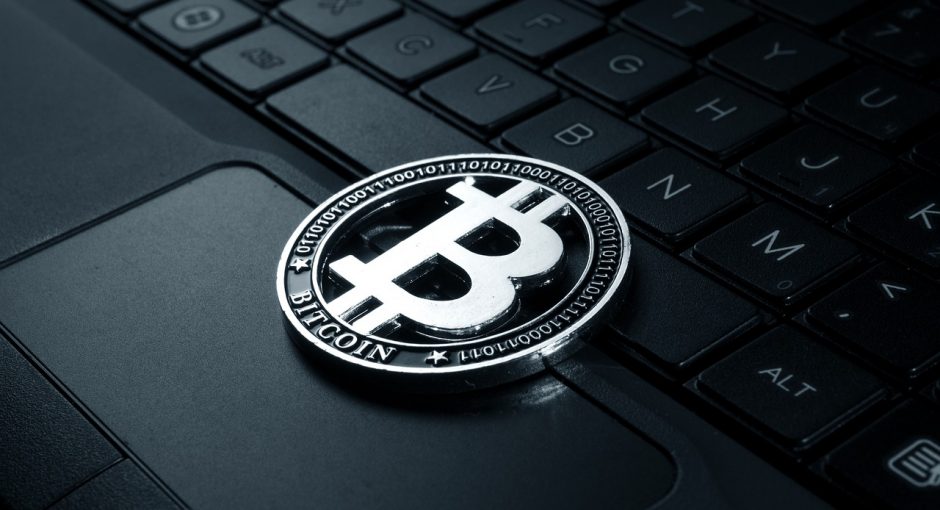There are a number of different ways to find the transaction id of a transaction. One way is to check the wallet address and the hash of the wallet. Another way is to trace the originator of the wallet. The third way is to look at the transaction log.
Searching for a transaction hash
A transaction hash is a set of letters and numbers which identifies a transaction. The hash is used to track and monitor the status of a transaction. It can be found in the transaction details in the block explorer. However, the hash can also be found in the transaction history of your wallet.

Each transaction has its own unique hash. This hash is used to identify a particular transaction in the public ledger. You can use the hash to locate a transaction and its associated funds. But it is important to note that there are certain exceptions to this rule. If you are not able to find your transaction’s hash, you should contact the service support for assistance.
Usually, the hash is represented by uppercase alphabetic characters. This helps to ensure that the transaction is not reversed. When a transaction is found, the hash is usually located under the “Entry Comment” column. Similarly, the hash can also be located in the “Latest transactions” tab. In order to view the hash, click the “?” button next to the status column.
Before you can check the hash, you will need to access the digital wallet of your choice. This will allow you to see all the transactions that have been made.
Tracing back the originator of the wallet
If you’re looking to trace back the originator of a particular bitcoin wallet transaction, you’re in luck. Thanks to the transparency of the blockchain network, it’s easy to find out. However, the process can be a little daunting. For starters, you’ll need to locate the transaction’s TXID. Then you’ll need to use the right tools. Here are a few tips that can help.
Obviously, the best way to trace a transaction is to contact the wallet’s customer support department. They’ll be able to tell you if the transaction is legitimate or not. In addition, they’ll let you know how long the confirmation process will take. This can be anywhere from twenty minutes to a few hours.
You’ll also want to consider the wallet’s fees. Some wallets charge a fee that’s more than the value of the transaction. The higher the fee, the more likely the transaction is to be processed promptly. Thankfully, this isn’t a sign that the wallet is overcharging you. On the other hand, it does make you wonder if you’re getting a fair price for your hard earned cash.
Finally, you should check out the block explorer. These services let you know the history of your wallet and other important bits of information. Using one of these services can also give you the best idea of how big your transactions are.

Tracking the progress of a transaction
If you have ever used Bitcoin or are considering dipping your toe into the virtual water, then you know the importance of tracking the progress of a transaction. Having an idea of where your money is going can help you make smarter financial decisions and can even help you avoid the dreaded capital losses. However, there is more to it than just logging into your wallet. Luckily, there are a number of websites and applications to help you out. Here’s a look at a few of them.
Wallets like Coinbase’s and ShapeShift’s offer the functionality and user interfaces you’d expect from a seasoned tech guru. For example, you can monitor the status of your transactions and view the details of a past transaction through a “full node” or you can log in and track the most recent transaction on an individual basis.





